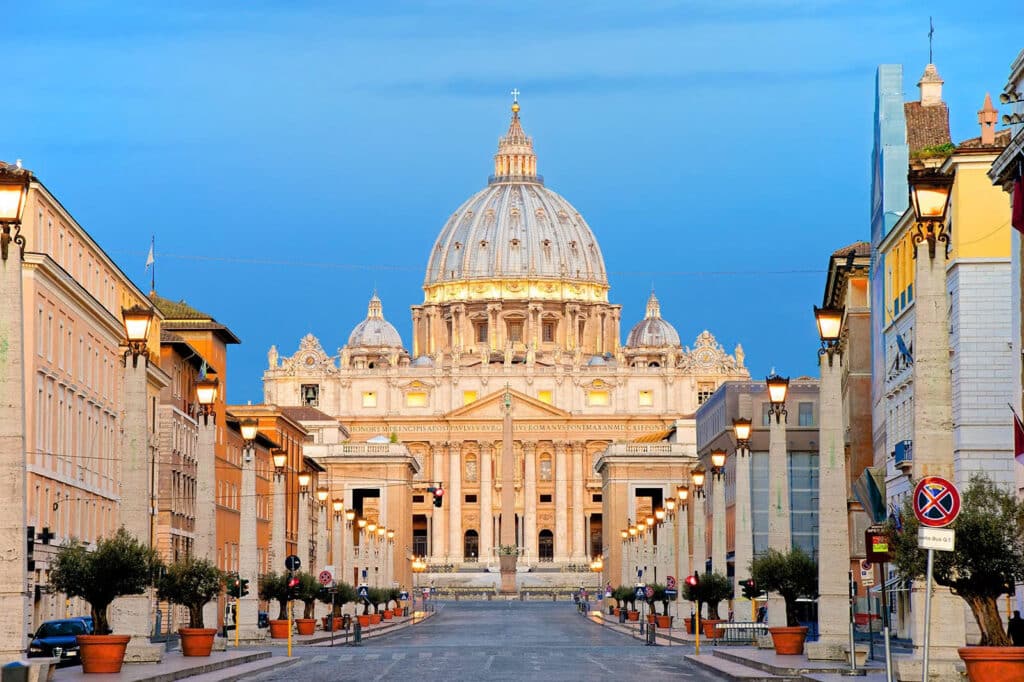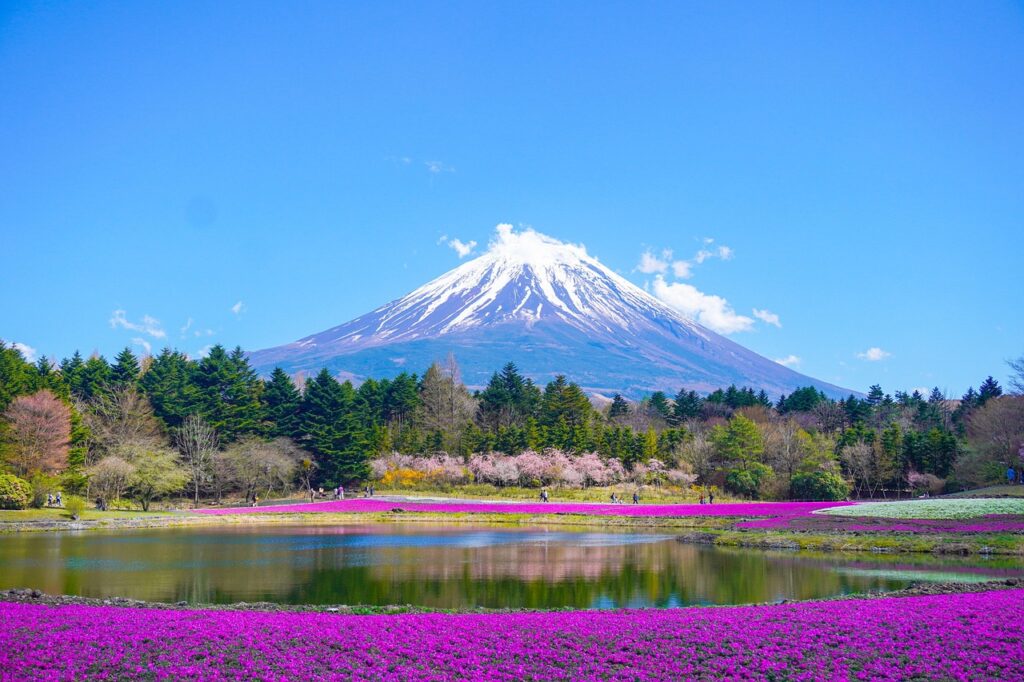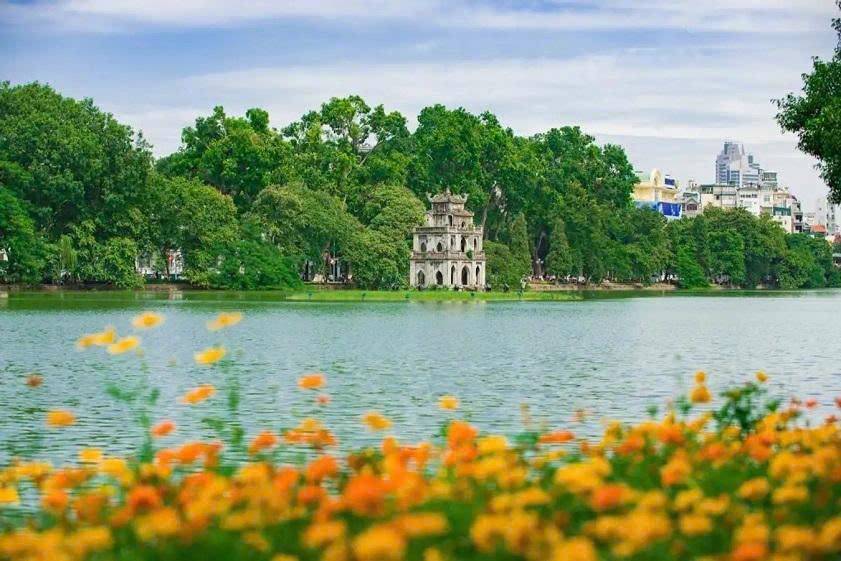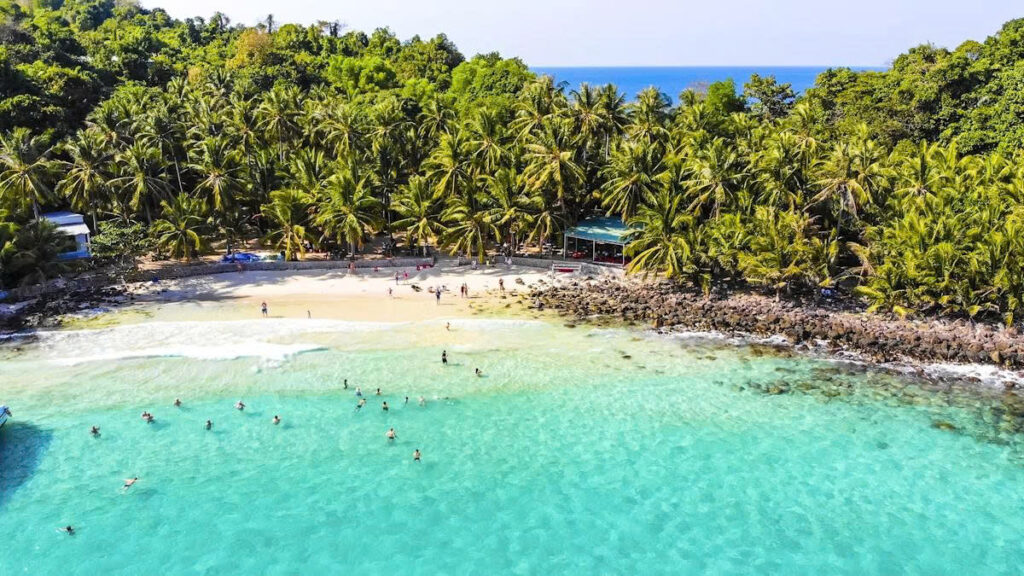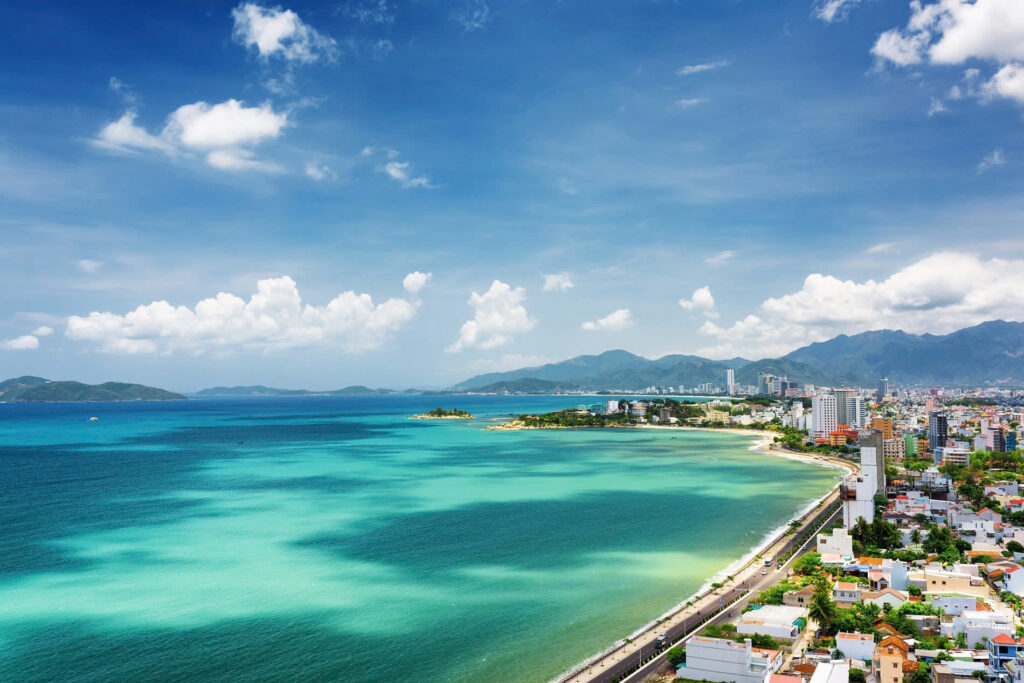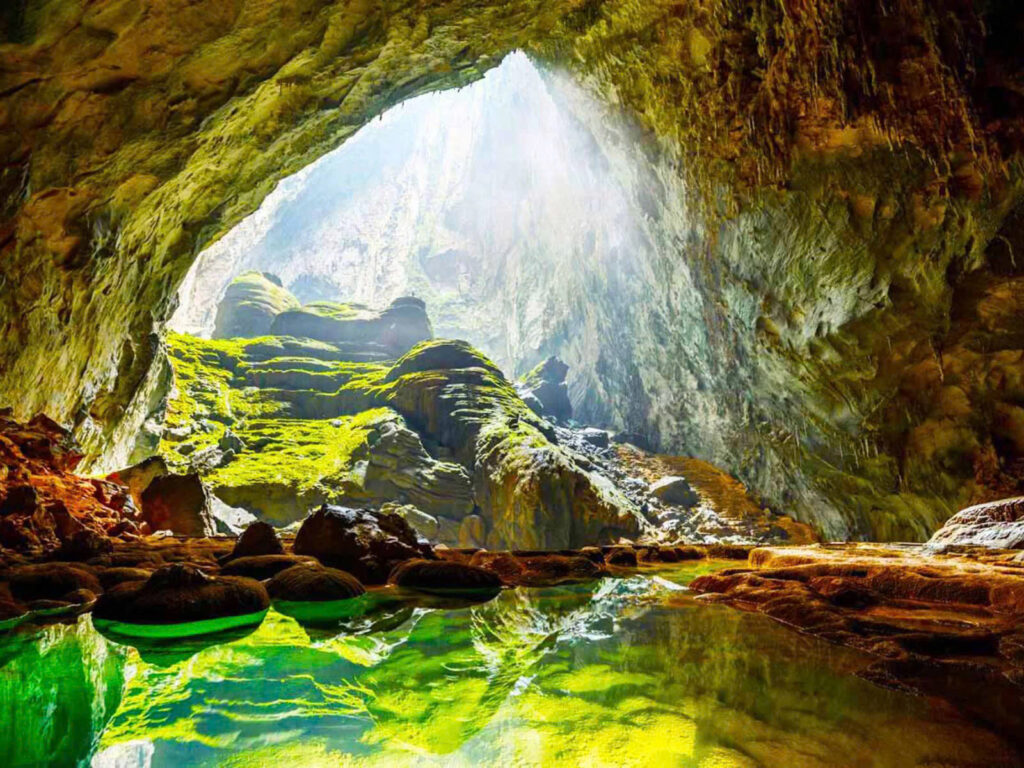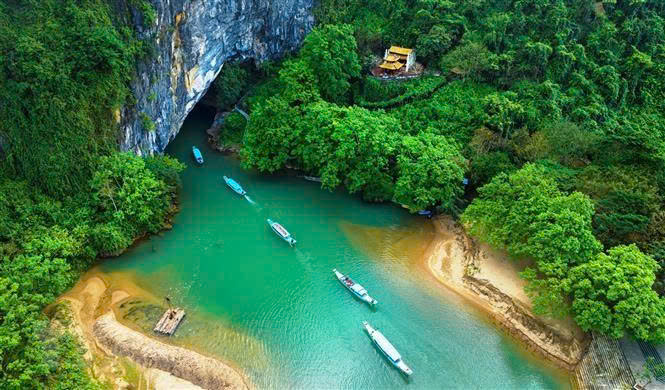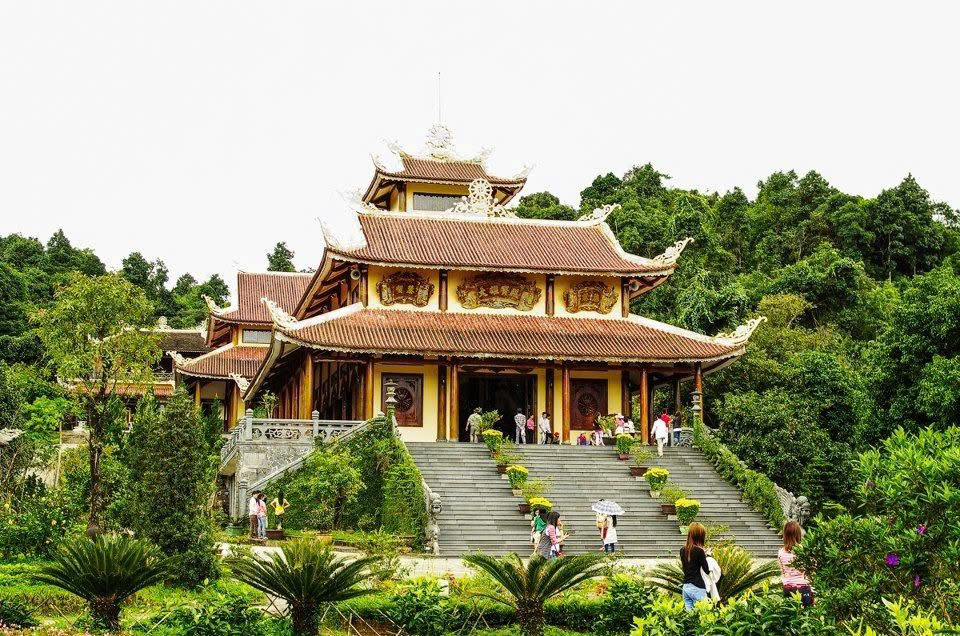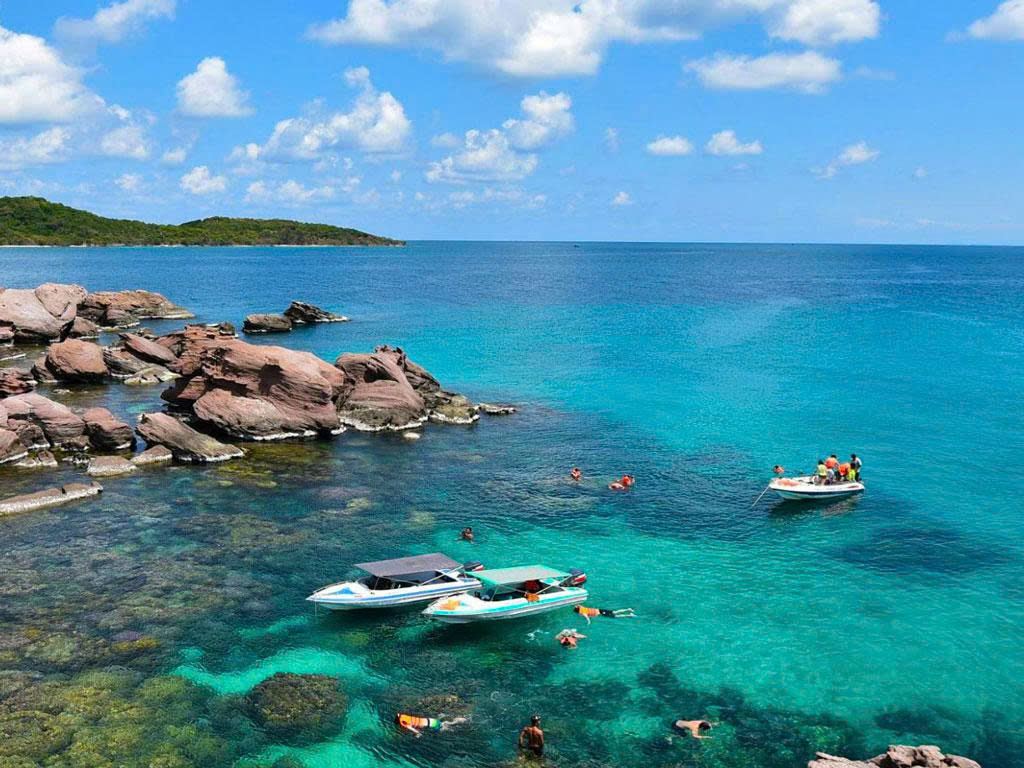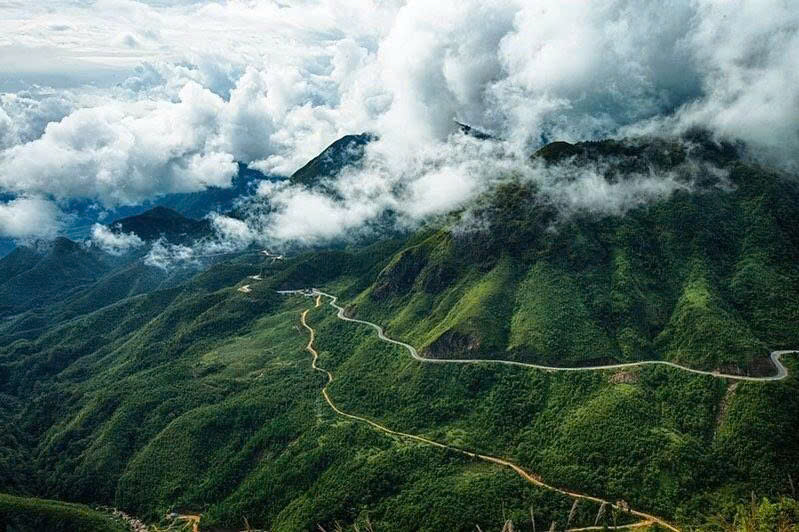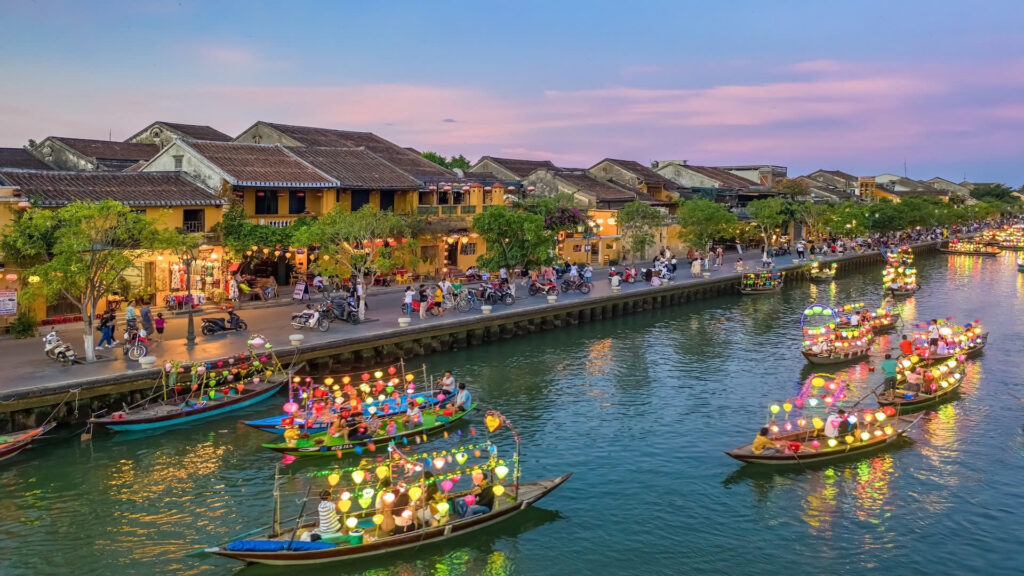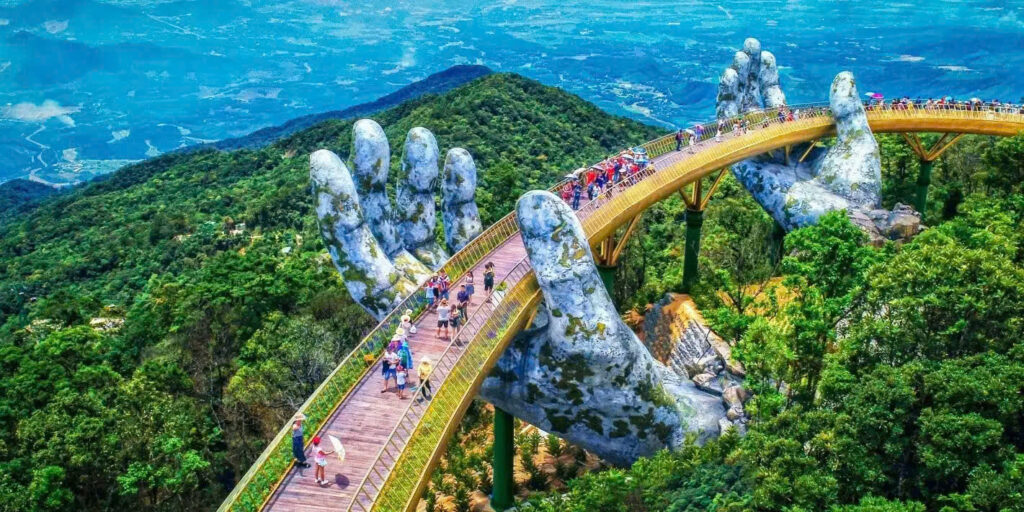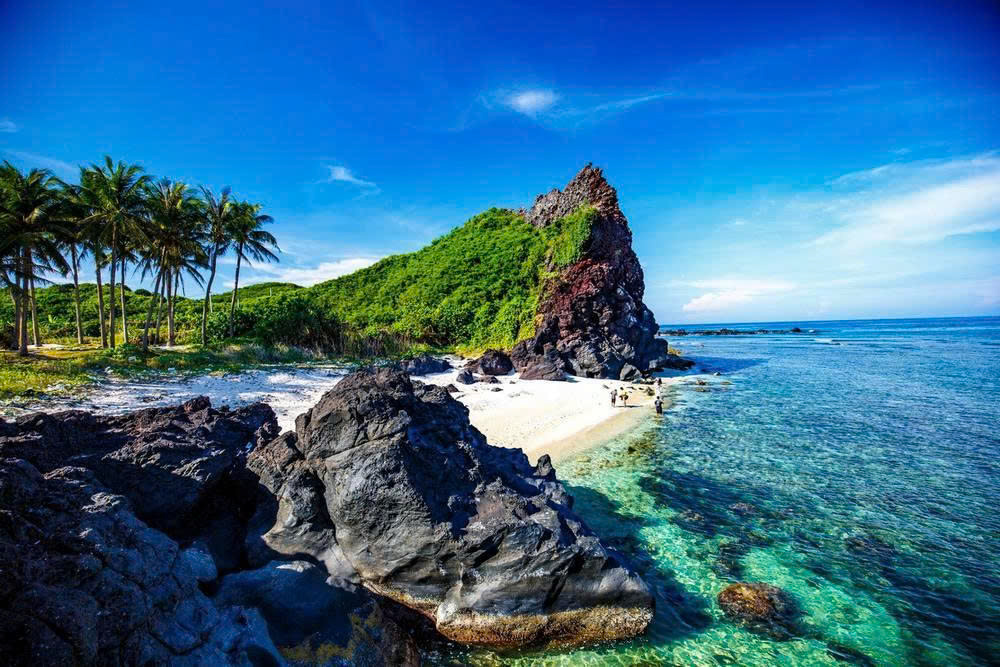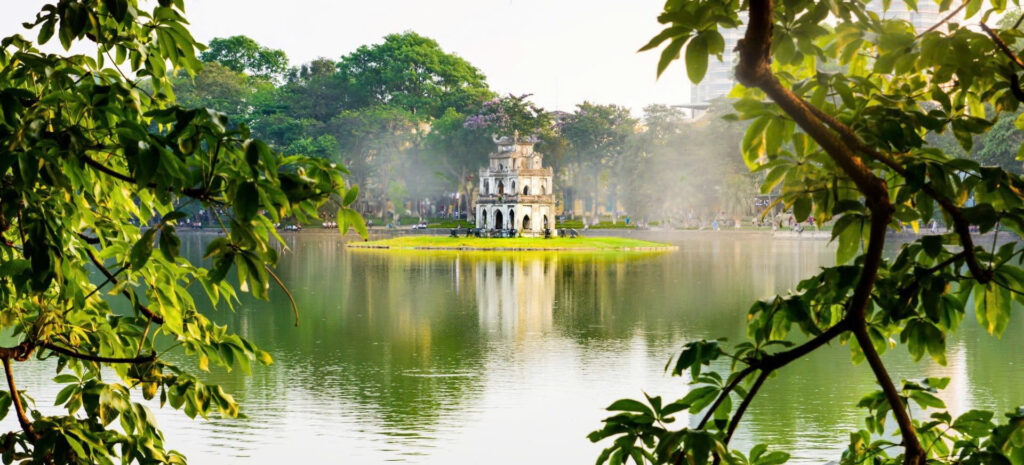Vatican City, with its official title being the Vatican City State, constitutes a sovereign country. Situated within the walled area of Rome, Italy, it is more than just a small country. Indeed, Vatican City embodies the global Catholic faith. Furthermore, ancient walls safeguard its secrets and long cultural heritage.
Although the Vatican occupies a small area, it holds considerable worldwide impact and influence. As the head of the Catholic Church, the Pope rules as the absolute sovereign of this unique nation. You can readily identify Vatican City through its displayed passports, flag, anthem, and license plates. The allure of this hallowed destination attracts millions of tourists every year. This immense popularity stems, in part, from the captivating and unparalleled architecture they encounter, such as St. Peter’s Basilica, the Vatican Museums, the Vatican Library, and the peaceful Vatican Gardens.
1. When should you visit Vatican City?
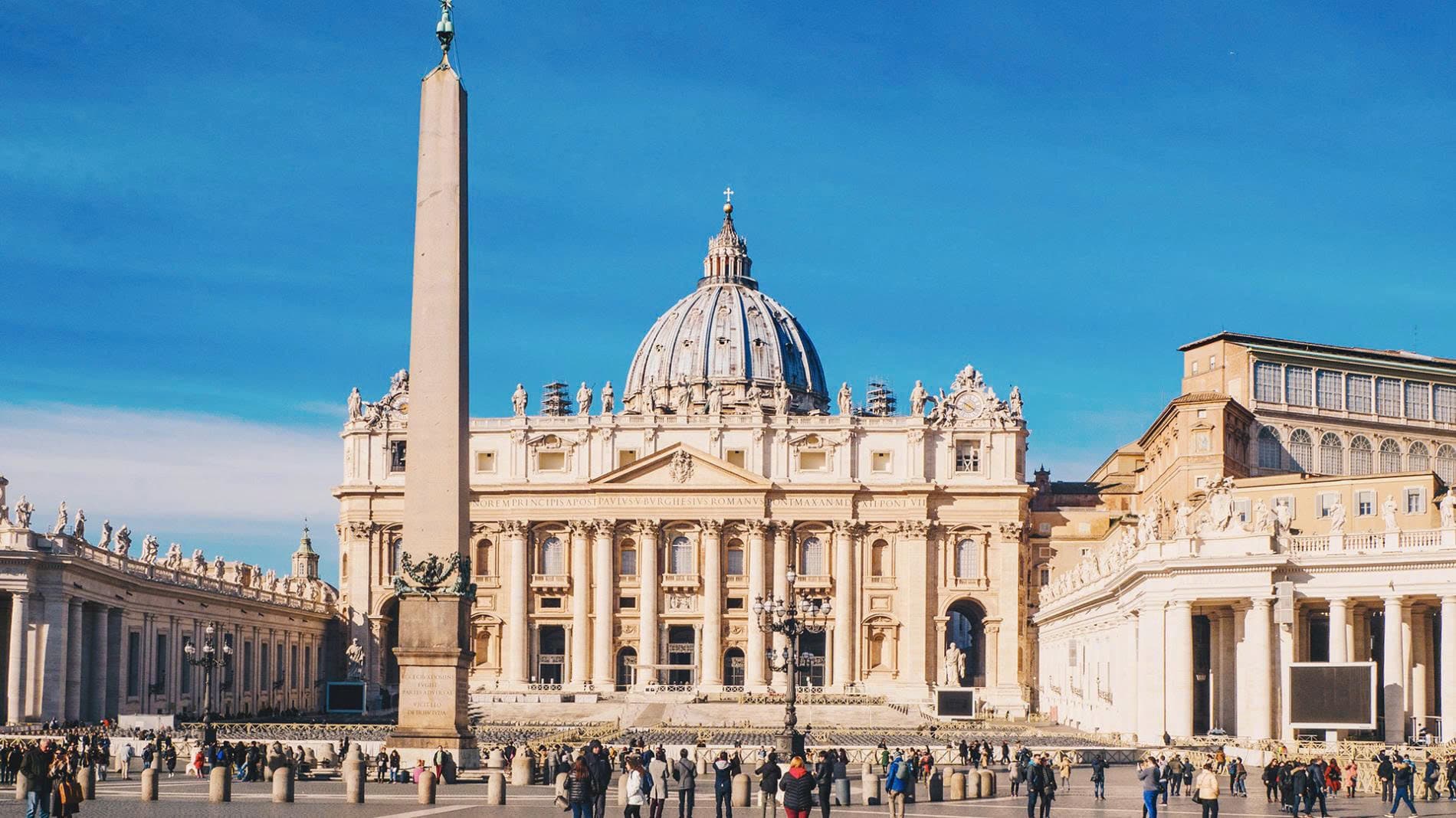
Vatican City nestles inside Rome. Accordingly, the climate here is consistent with that of this historic city. When winter snow blankets Rome, Vatican City also experiences its chilly season, typically from September to October. Conversely, the summer heat grips Rome from May to August, also affecting the Vatican. Consequently, we suggests that travelers desiring to witness Vatican’s architectural and artistic masterpieces should plan their visit for April, May, or September. During these months, the pleasant, mild weather provides the perfect conditions for relaxed exploration and fully enjoying the Vatican’s wonders.
2. Experiencing the Wonders of Vatican City
Marveling at the Sistine Chapel
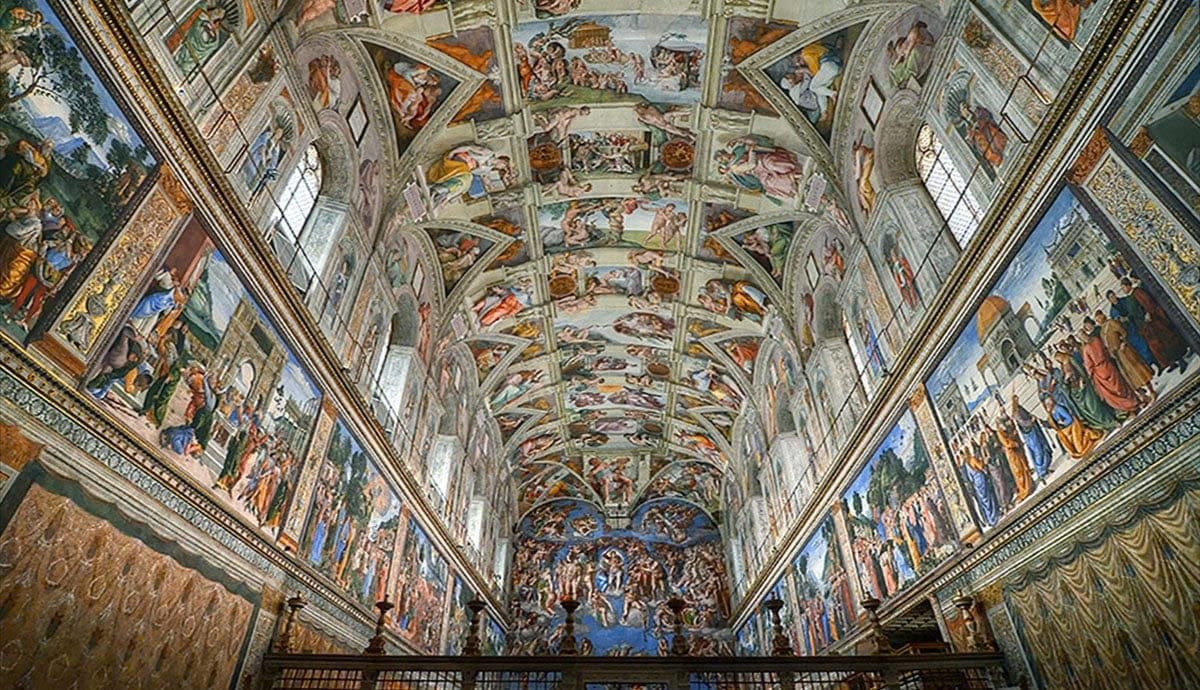
Constructed in the 15th century under the patronage of Pope Sixtus IV, the Sistine Chapel stands as a legendary architectural gem within Vatican City’s Apostolic Palace. Significantly, the chapel hosts important Catholic Church events, including the Papal Conclave and the election of Popes. Moreover, breathtaking frescoes adorn the chapel’s walls and ceiling, depicting scenes from the Bible. For instance, visitors can see the Fall of Man, the Creation, the Prophets, and the Genealogy of Christ. Among these masterpieces, Michelangelo’s “The Last Judgment” notably stands out. The impressive Renaissance artwork displays over 300 figures, each rendered with exquisite detail and imbued with deep religious meaning. Furthermore, Michelangelo also painted a monumental and awe-inspiring series of frescoes on the Sistine Chapel ceiling, summarizing the entire history of Salvation. Indeed, the Sistine Chapel houses priceless artistic treasures of humanity.
Discovering St. Peter’s Square
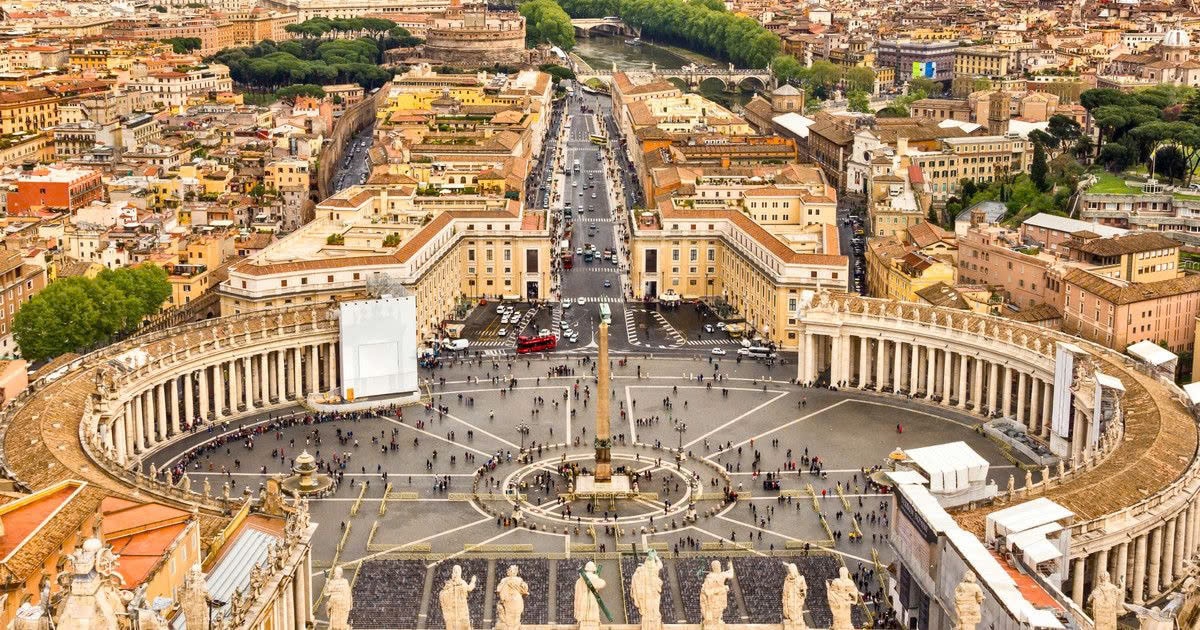
Situated at the core of Vatican City, St. Peter’s Square holds a special place as a landmark of significant history and impressive architecture. Therefore, visitors should not miss this place when in the Vatican. The square takes its name from St. Peter’s significance as the Catholic Church’s first leader is broadly established. Its vast area, with sweeping Doric colonnades, artistic statues, and other architectural elements, creates an impressive panorama. Furthermore, this serves as the stage for many important religious and cultural events, notably the Papal Audience. Annually, millions come here to remember history, participate in events, or simply admire the square’s beauty. Beyond this, the square plays an integral role within St. Peter’s Basilica. The colonnades, notably, feature a clever design that evokes welcoming, extended arms.
Visiting St. Peter’s Basilica
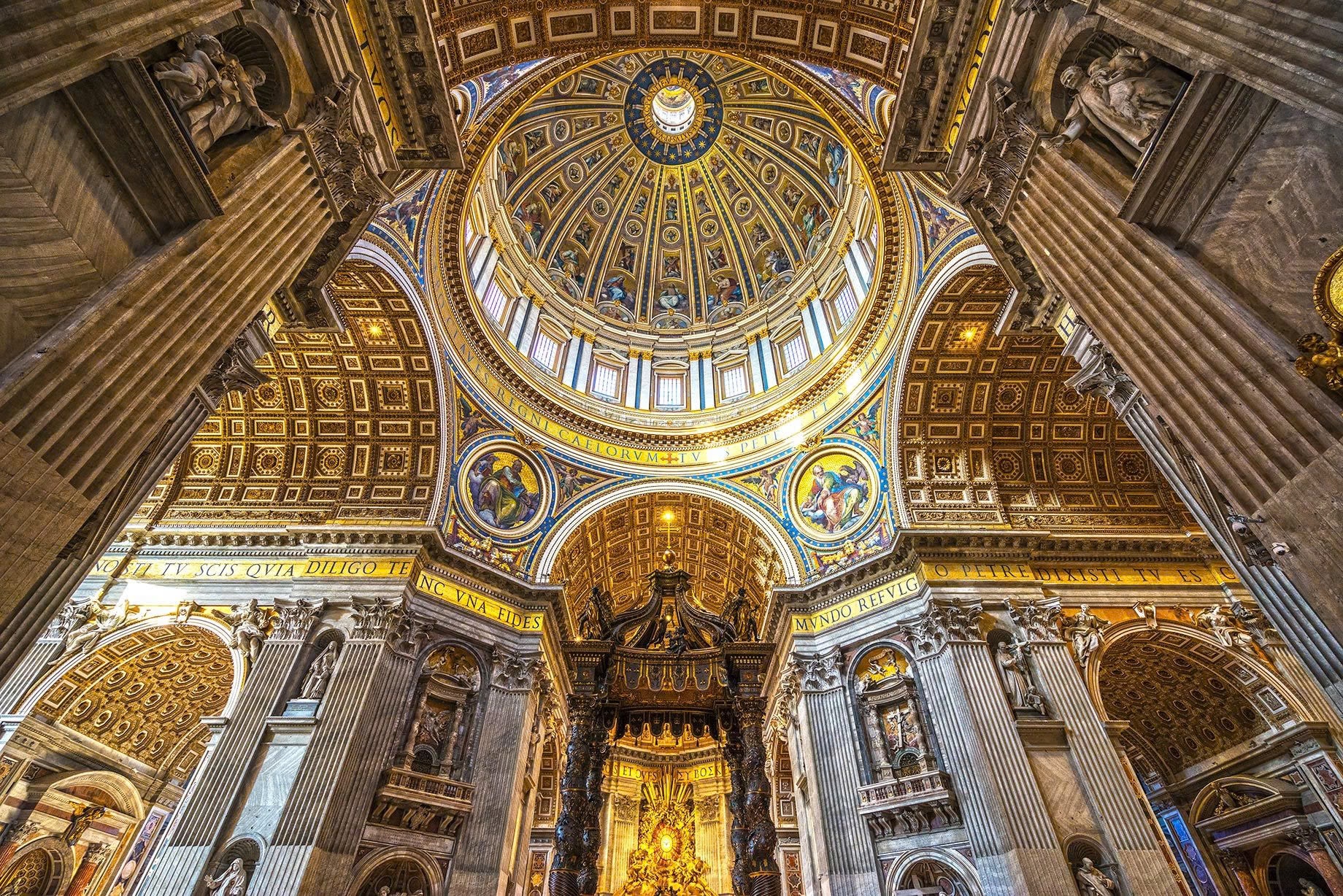
St. Peter’s Basilica in Vatican City symbolizes both Rome and the Catholic Church. It represents the pinnacle of Renaissance art. They constructed the basilica over the burial place of St. Peter, one of Jesus Christ’s first apostles. Construction on this enormous church, ranking among the world’s largest and most beautiful basilicas, commenced in 1506 under the direction of Pope Julius II. Eventually, it was completed after 120 years. During its construction, famous Renaissance artists and architects like Michelangelo and Raphael significantly contributed to its splendor. The basilica’s architecture showcases a distinct Baroque style with strong Renaissance influences. Inside, it holds priceless artistic treasures that captivate the soul.
Exploring the Vatican Museums

The Vatican Museums are an immense storehouse of art, archaeology, and ethnology, holding collections that are significant globally. Over the centuries, Popes amassed these invaluable collections. Additionally, the museums display unique and renowned galleries within the Apostolic Palace. Conveniently, visitors can explore these museums until 10:30 PM. The entrance fee is 19 euros per person, which includes service charges.
Relaxing in the Vatican Gardens
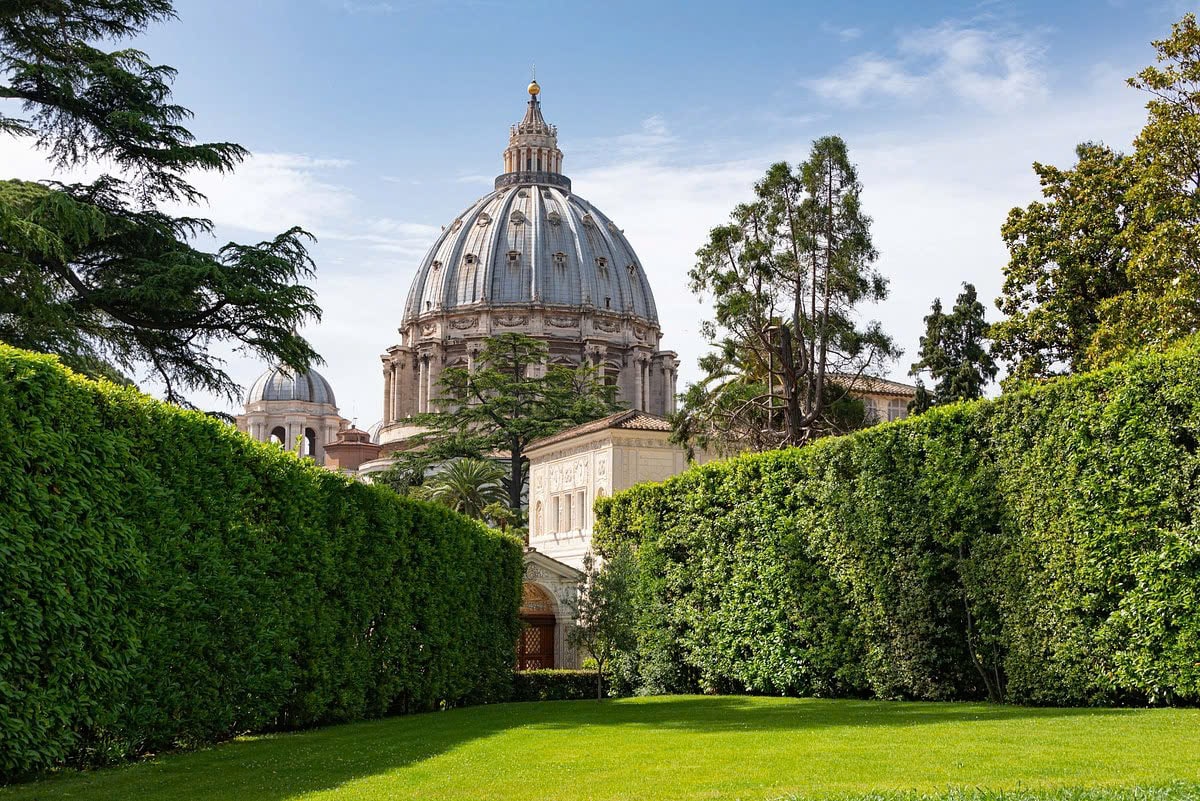
For those who appreciate nature, the Vatican Gardens provide a verdant retreat. Carefully tended and beautifully arranged plants create a serene and comfortable atmosphere. In contrast, this sharply differs from the hustle and bustle of Rome just outside. To fully appreciate the beauty of the Vatican Gardens, visitors should ideally come in the morning. At this time, the soft morning light beautifully illuminates the flowers, lawns, and fountains, creating a picturesque and romantic setting.
Explore Vatican Cuisine
Vatican City offers a cuisine that smoothly mixes Italian and Roman culinary customs, incorporating the city’s individual traits. Indeed, Vatican City boasts a variety of delicious and unique dishes. These range from familiar favorites like pizza, pasta, and risotto to more elaborate options featuring seafood, mushrooms, and cheese. The significant factor that makes Vatican cuisine unique is its employment of fresh, high-quality ingredients, further elevated by aromatic herbs and various spices. Some notable Vatican specialties include:
- Supplì: Crispy fried rice balls filled with creamy mozzarella cheese, often served with a flavorful tomato sauce. Although originating in Rome, this dish is much loved and popular in the Vatican.
- Swiss Guard Gnocchi: Potato dumplings mixed with flour and Parmesan cheese, then boiled and served with tomato sauce. Interestingly, this dish is named after the Pontifical Swiss Guard, responsible for protecting the Pope.
- Pope’s Risotto: This rice dish, made with white wine and Parmesan cheese, is both rich and fragrant. Depending on their preference, diners can enjoy risotto with seafood or mushrooms.
Vatican City is a captivating destination that offers a profound journey into faith, art, and history. A visit promises an unforgettable experience, providing spiritual enrichment and a deep immersion into this essential cultural and religious center.

